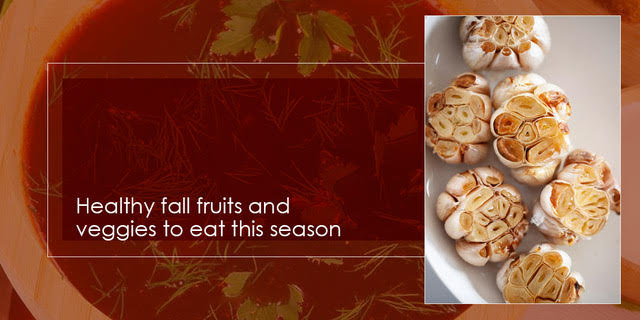
Not sure what produce is in season? Read our healthy fall fruits list below to find out, and be sure to check out the recipes so you can add them to your weekly menu!
Apples
Autumn would not be complete without enjoying ripe apples in their prime season. There are so many different varieties of apples to try it can be a fun challenge for your family to try and taste as many as possible! You might be surprised by the difference in sweetness, sourness, and texture.
All apples are rich in fiber which promotes heart health. Specifically, the soluble fiber in the fruit helps to lower your cholesterol. The peel of the apple will contain a variety of essential vitamins and minerals. Different colored apples offer different vitamins. Add variety to your diet by alternating colors!
Try this amazing cinnamon almond dip recipe by Savoring Today to pair with your fresh apples.
Beets
Purple, earthy, and hearty beets can seem intimidating to people who don’t know how to prepare them. Ideally, they should be washed and peeled before being prepared. Common ways to cook a beet include baking, boiling, or adding them directly into a soup pot.
Any vegetable that grows beneath the soil is called a root vegetable. Beets fall into this category, and they contain a large number of minerals including iron and manganese. The dark purple color of this vegetable contains antioxidants that support your body’s immune system.
Here is a classic beet soup recipe to keep you warm as the weather cools down by Cookspiration.
Cabbage
Many people are unaware that cabbage is a potent source of vitamin C, an essential vitamin that supports your immune health and is an effective antioxidant. Similar to apples, there are a variety of different cabbages you can try in the fall. Tough green cabbages are higher in fiber and are excellent at promoting regular bathroom habits.
Raw cabbage can be shredded and used to make a refreshing and filling salad. Cooked cabbage will pair with just about anything! It is often used in soups, stir fry, and can be brined to make probiotic-rich sauerkraut.
Try this sweet sesame cabbage salad by Detoxinista for a light but satisfying lunch.
Garlic
Although it is a simple crop to grow, it does take a long time to mature! Garlic is planted the year before it will be harvested, usually in September or October. Fresh garlic pulled from the soil has a potent flavor that is unmatched by the garlic bulbs sold in grocery stores.
These powerful bulbs contain vitamins, minerals, and Allicin. Allicin is a powerful amino acid that can help reduce inflammation in the body. To maximize the benefits of garlic, you should crush the clove with your knife and leave it exposed for 5-10 minutes. This will activate Allicin, and you have a better chance of experiencing its full benefits!
We recommend trying this roasted garlic recipe from Simply Recipes. It can be added to soups or smeared onto sandwiches for extra flavor.
Squash (all varieties)
It wouldn’t be a complete fall spread without one squash present on the dinner table. The most popular varieties include butternut, acorn, and spaghetti squash. They differ in their textures but they all have a mild flavor.
Squash is often overlooked because many people are not confident in how to prepare these vegetables. Everyone has heard of butternut squash soup, but beyond that, most people will draw a blank.
Roasting squash is the best way to draw out natural flavors. This vegetable is rich in fiber, vitamin A, and is low in carbohydrates. It still contains starch, but compared to a potato, it contains significantly less.
Try this vegetarian recipe from Cookie and Kate for stuffed acorn squash this fall season.


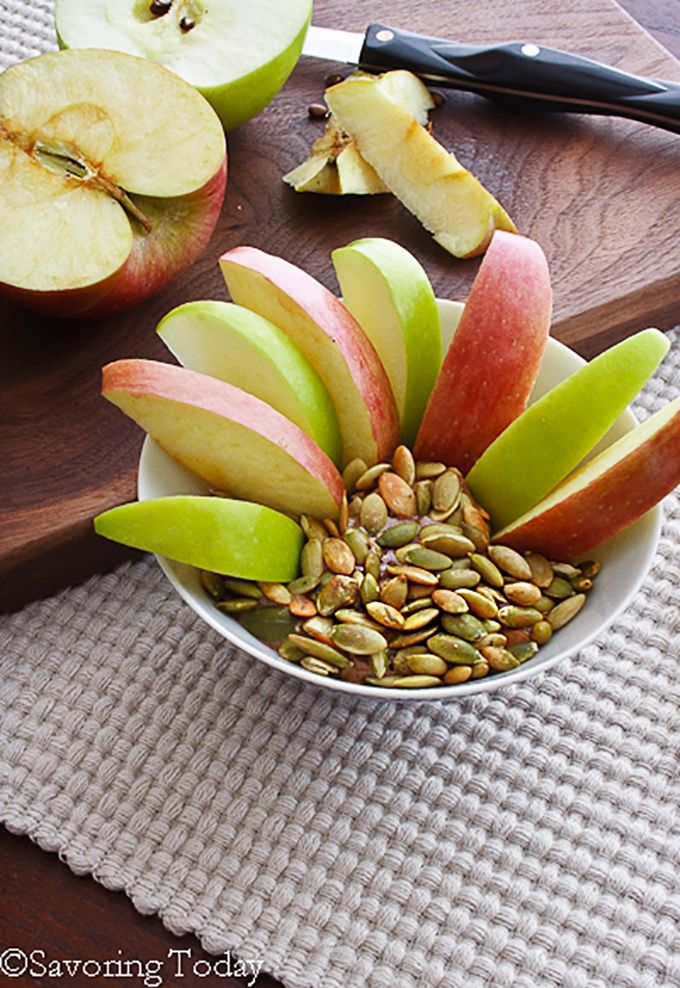
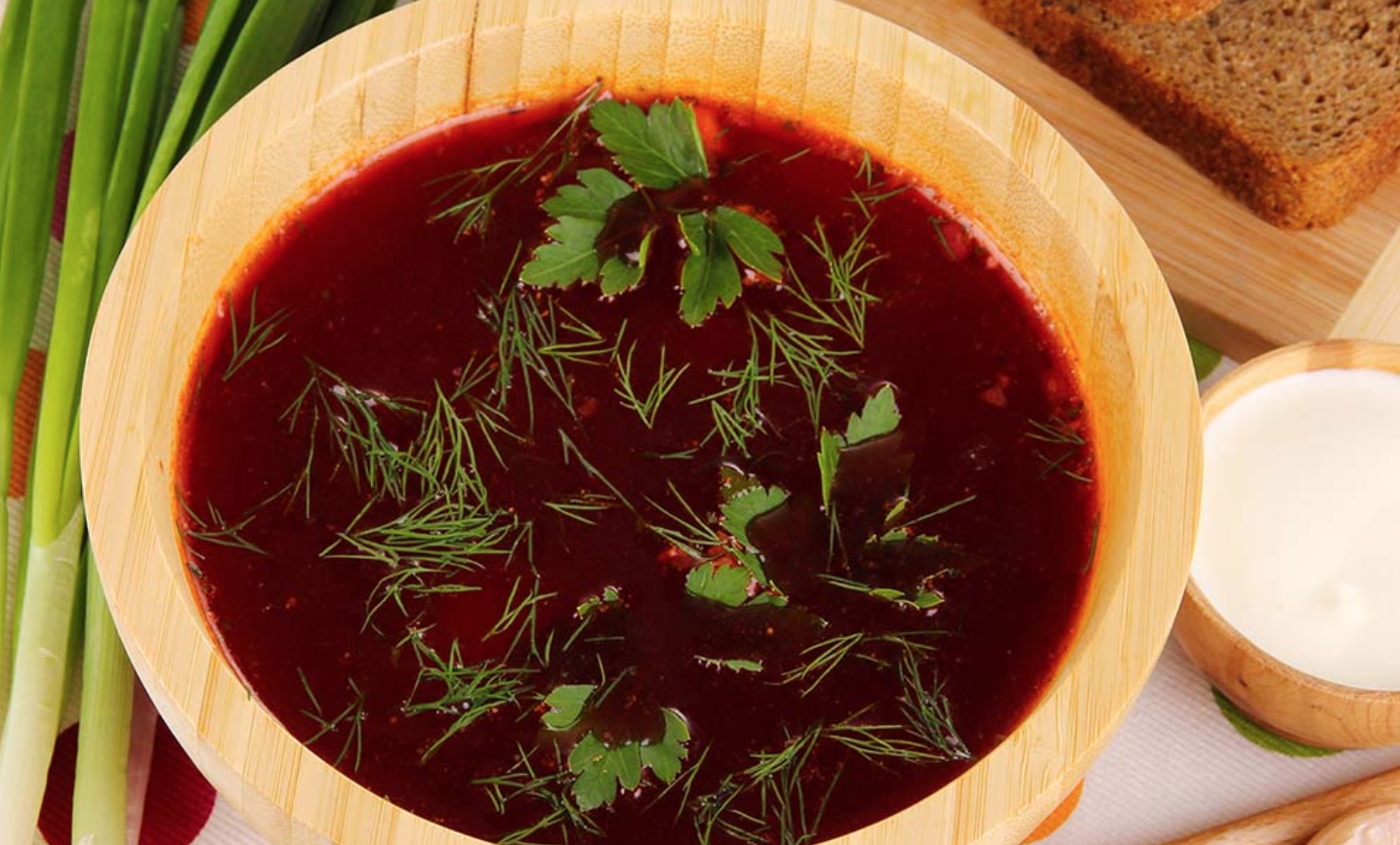
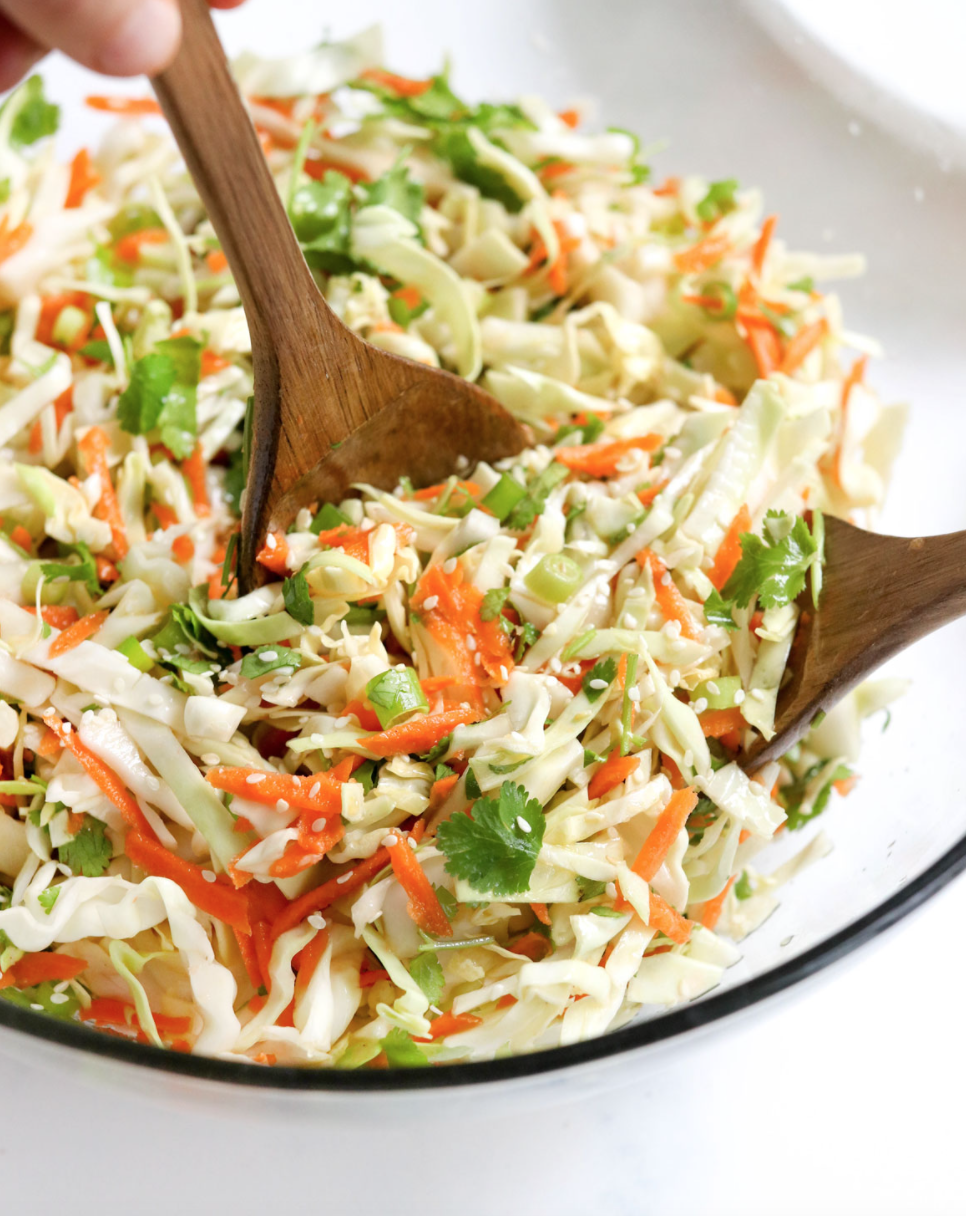
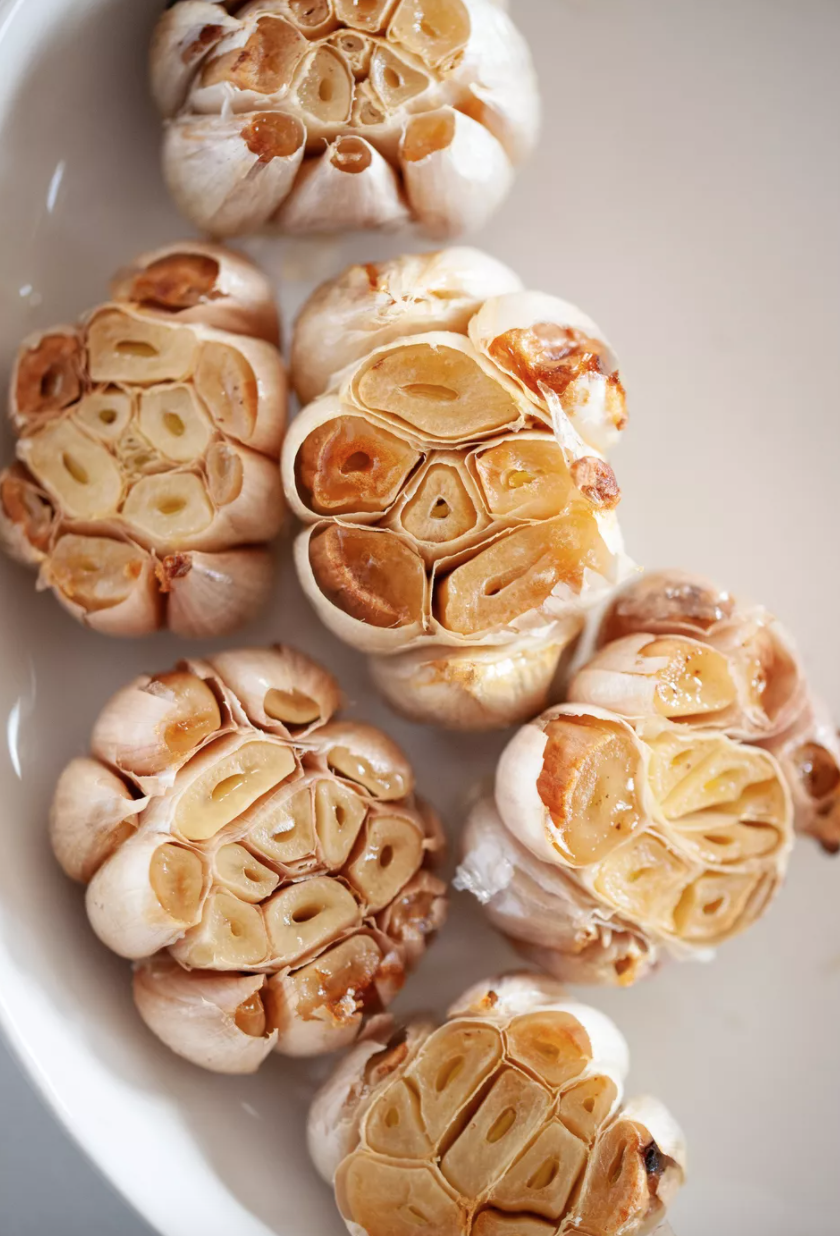
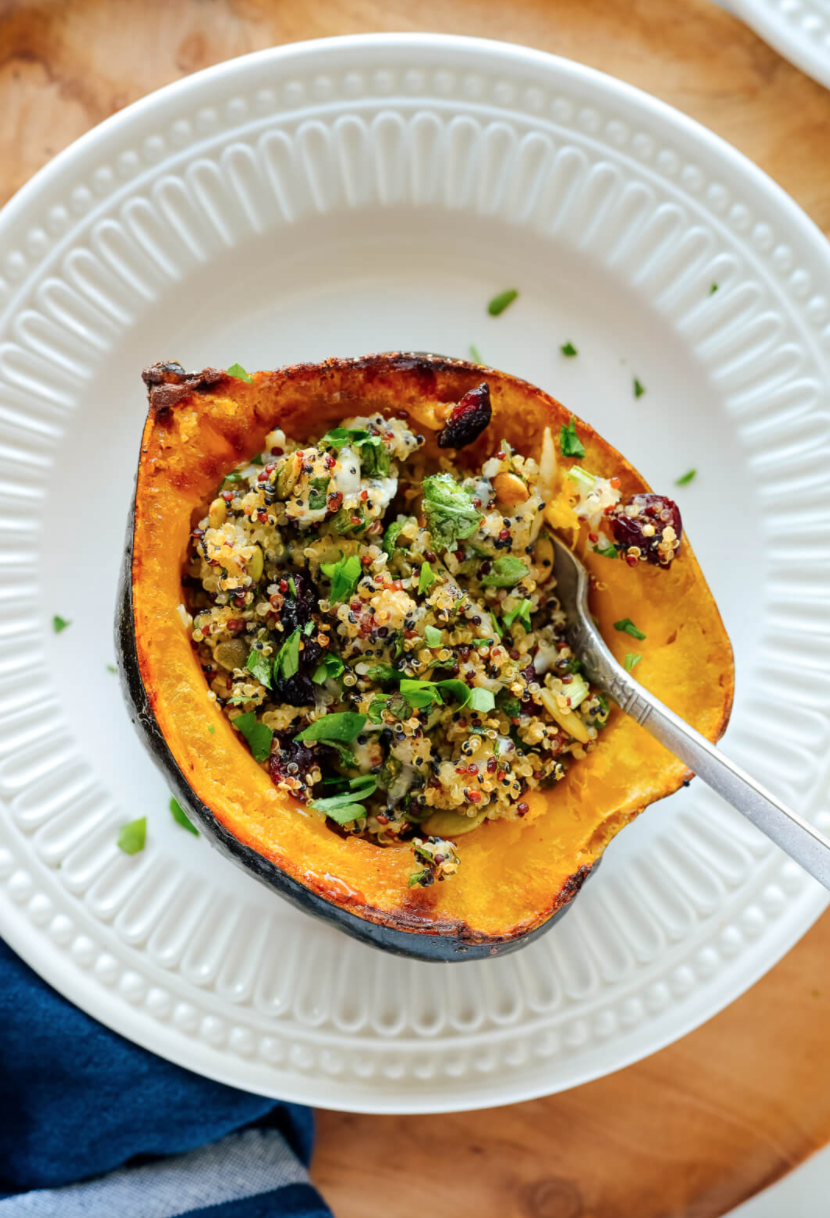


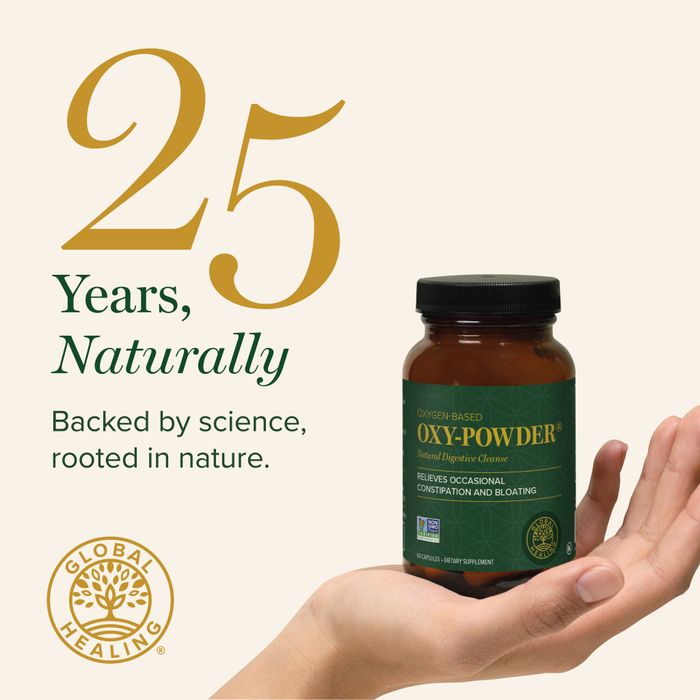



One Response